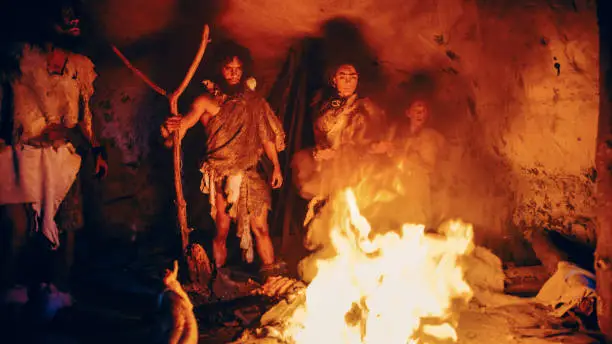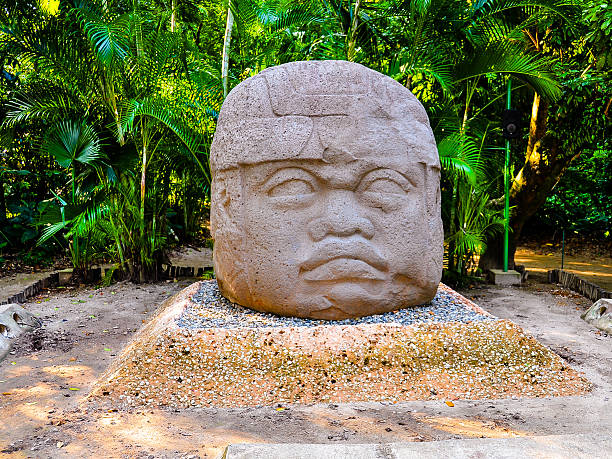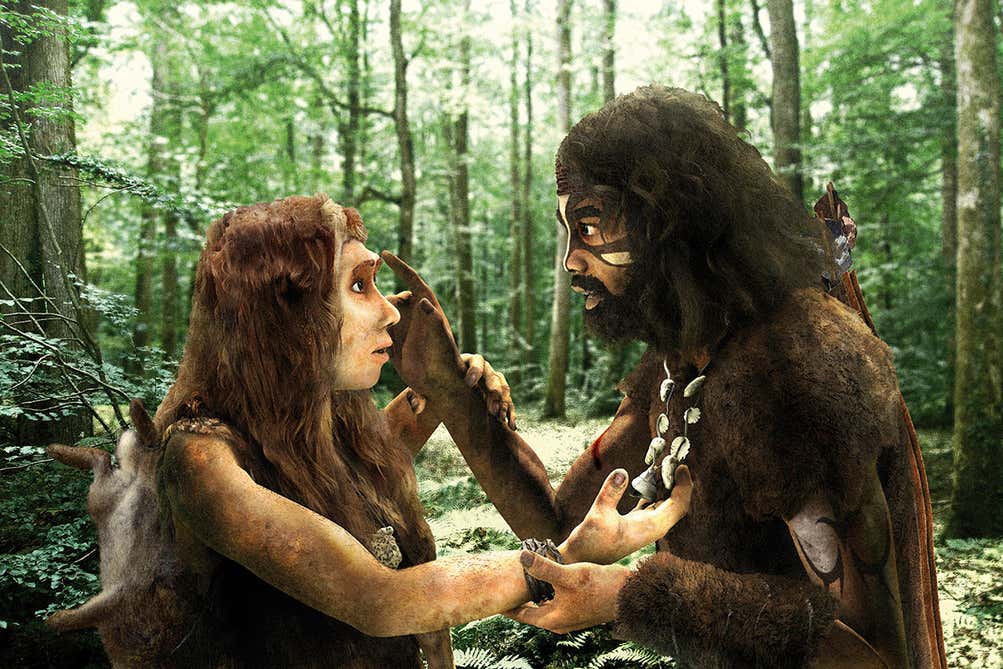Long before the industrial revolution darkened the skies with smoke or cities flickered to life with electric light, a far more primal relationship was being forged between humans and fire. It was not always a relationship of control—but over time, it became one of survival, strategy, and transformation. Now, in a groundbreaking new study, scientists have uncovered compelling evidence that humans were actively and widely using fire to shape their world as far back as 50,000 years ago, far earlier than previously believed.
This remarkable discovery comes from an international team led by the Institute of Oceanology of the Chinese Academy of Sciences (IOCAS), who analyzed sediment from the East China Sea. Inside this ancient seabed, in the microscopic remains of long-extinguished flames, lies a story that challenges what we thought we knew about early human influence on Earth’s environment.
Ancient Sediments Tell a Fiery Tale
The team examined a 300,000-year-old marine sediment core, a vertical timeline of Earth’s history captured in layers of ocean floor. Within these layers, scientists identified pyrogenic carbon—tiny, charred remnants of plant material that only form when vegetation burns but does not fully combust.
For hundreds of thousands of years, the levels of this burnt residue remained stable. But then, something changed. Around 50,000 years ago, the core reveals a sharp and sustained increase in fire activity across East Asia.
“Our findings challenge the widely held belief that humans only began influencing the environment with fire in the recent past, during the Holocene,” said Dr. Zhao Debo, the study’s lead author. The results, published in the prestigious journal Proceedings of the National Academy of Sciences, suggest that early humans—long before agriculture or written language—were already transforming ecosystems with fire.
Fire and the First Global Expansion
What makes this increase in fire activity even more striking is its timing. Between 70,000 and 50,000 years ago, Homo sapiens began their dramatic migration out of Africa, spreading into Europe, Asia, Southeast Asia, and Australia. This wave of expansion marked the beginning of modern humans replacing older hominin populations like Neanderthals and Denisovans.
As humans ventured into new and often colder environments, fire became more than a source of warmth. It was a tool for cooking, which made food easier to digest and extract nutrients from—essential for survival in harsh climates. It also served as protection against predators, a light source, and even as a way to shape the landscape—clearing land for movement or hunting.
“Even during the Last Glaciation, the use of fire had probably started to reshape ecosystems and carbon fluxes,” said Prof. Wan Shiming, co-author of the study. In other words, the ancient fires lit by migrating humans may have had consequences far beyond the immediate warmth they offered—they may have begun to change the Earth’s carbon cycle itself.
A Global Pattern in the Smoke
This isn’t the first time scientists have noticed a surge in ancient fire activity. Similar increases in charred plant remains have been documented in Europe, Southeast Asia, and the Australia–Papua New Guinea region. The East China Sea findings now add East Asia to the map, suggesting that something more than coincidence was at play.
The consistency across continents hints at a global behavioral shift among early Homo sapiens. Wherever they went, fire followed—and not just natural fire ignited by lightning or volcanic activity. These were intentional burns, with specific purposes, lighting up the night and transforming the day.
“The simultaneous rise of fire activity across multiple continents strongly suggests that Homo sapiens were the drivers, not mere witnesses, of these changes,” said Zhao.
Fire as an Ecological Force
Fire is not a simple destroyer. It’s a complex ecological force, one that has shaped plant evolution, animal behavior, and biogeochemical cycles for over 400 million years. But when humans began wielding it as a tool, its role changed—from a natural disturbance to a managed force.
The East China Sea sediment record reflects this shift. As human populations grew and migrated, the fire signal intensified, pointing toward deliberate, repeated use rather than random wildfires. This controlled burning may have helped early humans hunt more effectively, keep landscapes open, and manage resources.
And this, the researchers argue, may have had far-reaching impacts on Earth’s atmosphere. When vegetation burns, it releases carbon dioxide, a greenhouse gas. If humans were igniting fires across vast stretches of land tens of thousands of years ago, it could have contributed—at least in small, localized ways—to global carbon fluctuations, long before industrial society emerged.
Rethinking Human Impact
Modern climate models often assume that significant human influence on the environment began with agriculture, around 10,000 years ago. But this new research calls that assumption into question.
If early Homo sapiens were already manipulating ecosystems and altering the carbon cycle 50,000 years ago, then the baseline for “natural” climate and ecological conditions might be far more human-affected than we thought.
“Our understanding of pre-industrial baseline climate conditions might need to be revisited,” said Prof. Wan. “Humans have been agents of environmental change for much longer than previously recognized.”
What the Flames Leave Behind
The charred fragments buried beneath the East China Sea are no longer just relics of ancient fires. They are records—silent but powerful—of a turning point in our species’ history. They mark the moment when humans began to not just adapt to the environment, but to transform it.
This research doesn’t just tell us when humans began using fire. It tells us how early that use became systematic, widespread, and impactful—long before the first cities, farms, or factories. It shows that the roots of our current climate challenges may stretch back not just centuries, but tens of thousands of years.
And it reminds us that fire, the first great technology of humankind, continues to be both a symbol and a reality of our complex relationship with the Earth. Even now, as wildfires rage across continents and debates over climate policy heat up, the flicker of those ancient flames still casts a shadow over our present.
Reference: Shoushu Jiang et al, Onset of extensive human fire use 50,000 y ago, Proceedings of the National Academy of Sciences (2025). DOI: 10.1073/pnas.2500042122






